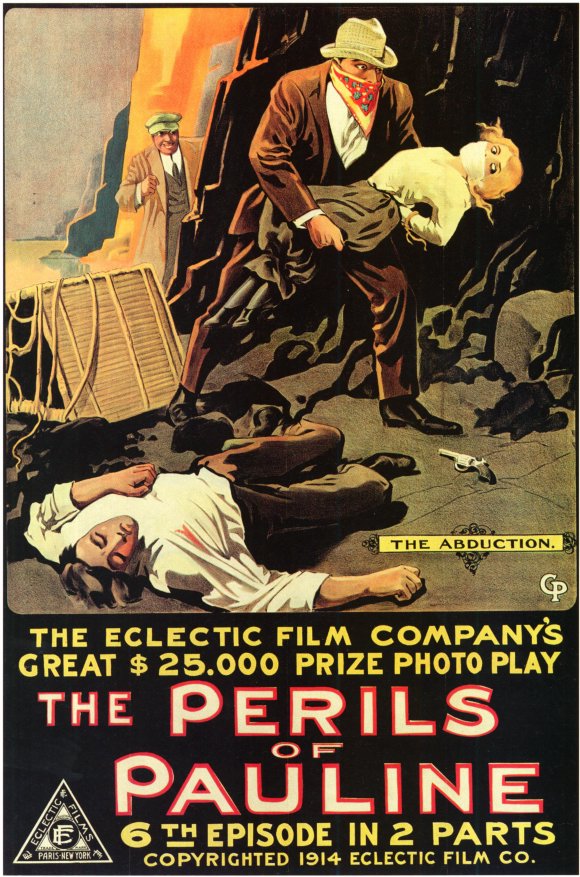|
Robbie The Robot
Robby the Robot is a fictional character who first appeared in the 1956 film ''Forbidden Planet''. He made a number of subsequent appearances in science fiction films and television programs, which has given him the distinction as "the hardest working robot in Hollywood". Precursors of the name The name "Robbie" (spelled with an "ie") had appeared in science fiction before ''Forbidden Planet''. In a pulp magazine adventure ''The Fantastic Island'' (1935), the name is used for a mechanical likeness of Doc Savage used to confuse foes. The name is also used in Isaac Asimov's short story "Robbie" (1940) about a first-generation robot designed to care for children. In ''Tom Swift on The Phantom Satellite'' (1956), it is also the name given to a small four-footed robot designed by Tom Swift Jr., the boy inventor in the '' Tom Swift Jr.'' science fiction novel series by Victor Appleton II. ''Forbidden Planet'' Story background Robby the Robot originated as a supporting character i ... [...More Info...] [...Related Items...] OR: [Wikipedia] [Google] [Baidu] |
Forbidden Planet
''Forbidden Planet'' is a 1956 American science fiction action film from Metro-Goldwyn-Mayer, produced by Nicholas Nayfack and directed by Fred M. Wilcox (director), Fred M. Wilcox from a script by Cyril Hume that was based on a film story by Allen Adler and Irving Block. It stars Walter Pidgeon, Anne Francis and Leslie Nielsen. Shot in Eastmancolor and CinemaScope, this landmark film is considered one of the great science fiction films of the 1950s, a precursor of contemporary science fiction cinema. The characters and isolated setting have been compared to those in William Shakespeare's ''The Tempest#Screen, The Tempest'', and the plot contains certain happenings analogous to the play, leading many to consider it a loose adaptation (arts), adaptation. ''Forbidden Planet'' pioneered several aspects of science fiction cinema. It was the first science fiction film to depict humans traveling in a human-made faster-than-light starship. It was also the first to be set entirely on a ... [...More Info...] [...Related Items...] OR: [Wikipedia] [Google] [Baidu] |
Fritz Lang
Friedrich Christian Anton Lang (; December 5, 1890 – August 2, 1976), better known as Fritz Lang (), was an Austrian-born film director, screenwriter, and producer who worked in Germany and later the United States.Obituary ''Variety Obituaries, Variety'', August 4, 1976, p. 63. One of the best-known ''émigrés'' from Germany's school of German expressionist cinema, Expressionism, he was dubbed the "Master of Darkness" by the British Film Institute. He has been cited as one of the most influential filmmakers of all time. Lang's work spans five decades, from the Expressionist silent films of his first German creative period to his short stay in Paris and his work as a Hollywood director to his last three films made in Germany. Lang's most celebrated films include the futuristic science-fiction film ''Metropolis (1927 film), Metropolis'' (1927) and the influential ''M (1931 film), M'' (1931), a film noir precursor. His 1929 film ''Woman in the Moon'' showcased the use of a mult ... [...More Info...] [...Related Items...] OR: [Wikipedia] [Google] [Baidu] |
Movie Serials
A serial film, film serial (or just serial), movie serial, or chapter play, is a motion picture form popular during the first half of the 20th century, consisting of a series of short subjects exhibited in consecutive order at one theater, generally advancing weekly, until the series is completed. Usually, each serial involves a single set of characters, protagonistic and antagonistic, involved in a single story. The film is edited into chapters, after the fashion of serial fiction, and the episodes should not be shown out of order, as individual chapters, or as part of a random collection of short subjects. Each chapter was screened at a movie theater for one week, and typically ended with a cliffhanger, in which characters found themselves in perilous situations with little apparent chance of escape. Viewers had to return each week to see the cliffhangers resolved and to follow the continuing story. Movie serials were especially popular with children, and for many youths in t ... [...More Info...] [...Related Items...] OR: [Wikipedia] [Google] [Baidu] |



